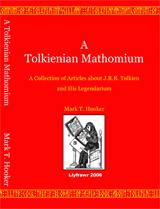 |
A Tolkienian Mathomium is the first volume in a collection of analytic articles on J.R.R. Tolkien's The Lord of the Rings and The Hobbit, written by Tolkien scholar and Comparative Translationist Mark T. Hooker, most famous, perhaps, for his application of Comparative Translation to the study of Tolkien in his book Tolkien Through Russian Eyes. Amazon.com says: "It is one of most unique set of essays on Tolkien I have read in the past 10 years. Some are about language and others about literature references. The book is attractive because each chapter is a unique essay. You don't need to commit yourself to a book-length essay. A second positive aspect is that the essays are written during the post-HOME (History of Middle Earth) era." Pagination: xvi + 274, B&W illustrations, bibliographic notes, Index, Trade Paper $14.95. Click on the cover image to the left to learn more. |
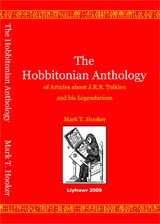 |
The Hobbitonian Anthology is the second volume in a collection of analytic articles on J.R.R. Tolkien's The Lord of the Rings and The Hobbit, by Tolkien scholar and Comparative Translationist Mark T. Hooker. An early review by The Lord of the Rings Fanatics Plaza of the analysis of the origin of the name Tom Bombadil appearing in The Hobbitonian Anthology ranks it as “the best explanation yet of how the name Tom Bombadil came into being.” Pagination: xviii + 268, B&W illustrations, bibliographic notes, Index, Trade Paper $14.95. Click on the cover image to the left to learn more. |
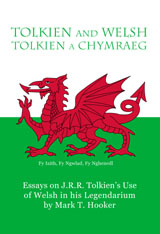
Invited to enter the 2013 Competition for the Literature Wales Book of the Year Award.  |
“I find the Welsh language specially attractive.” Tolkien and Welsh provides an overview of J.R.R.T.’s use of Welsh in his Legendarium, ranging from the obvious (Gwynfa—the Welsh word for Paradise), to the apparent (Took—a Welsh surname), to the veiled (Gerontius—the Latinizaton of a royal Welsh name), to the hidden (Goldberry—the English calque of a Welsh theonym). Pagination: xxx + 274, new B&W illustrations by James Dunning, maps, bibliographic notes, Index, Trade Paper $14.95. Click on the cover image to the left to learn more. |
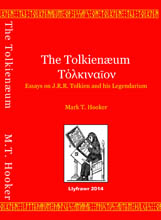 |
Beware of Pirated PDF Copies of The Tolkienaeum The Tolkienaeum is the third volume in a collection of analytic articles on J.R.R. Tolkien's The Lord of the Rings and The Hobbit, by Tolkien scholar and Comparative Translationist Mark T. Hooker. Pagination: xxx + 258, new B&W illustrations by James Dunning, bibliographic notes, Index, Trade Paper $14.95. Click on the cover image for more information. |
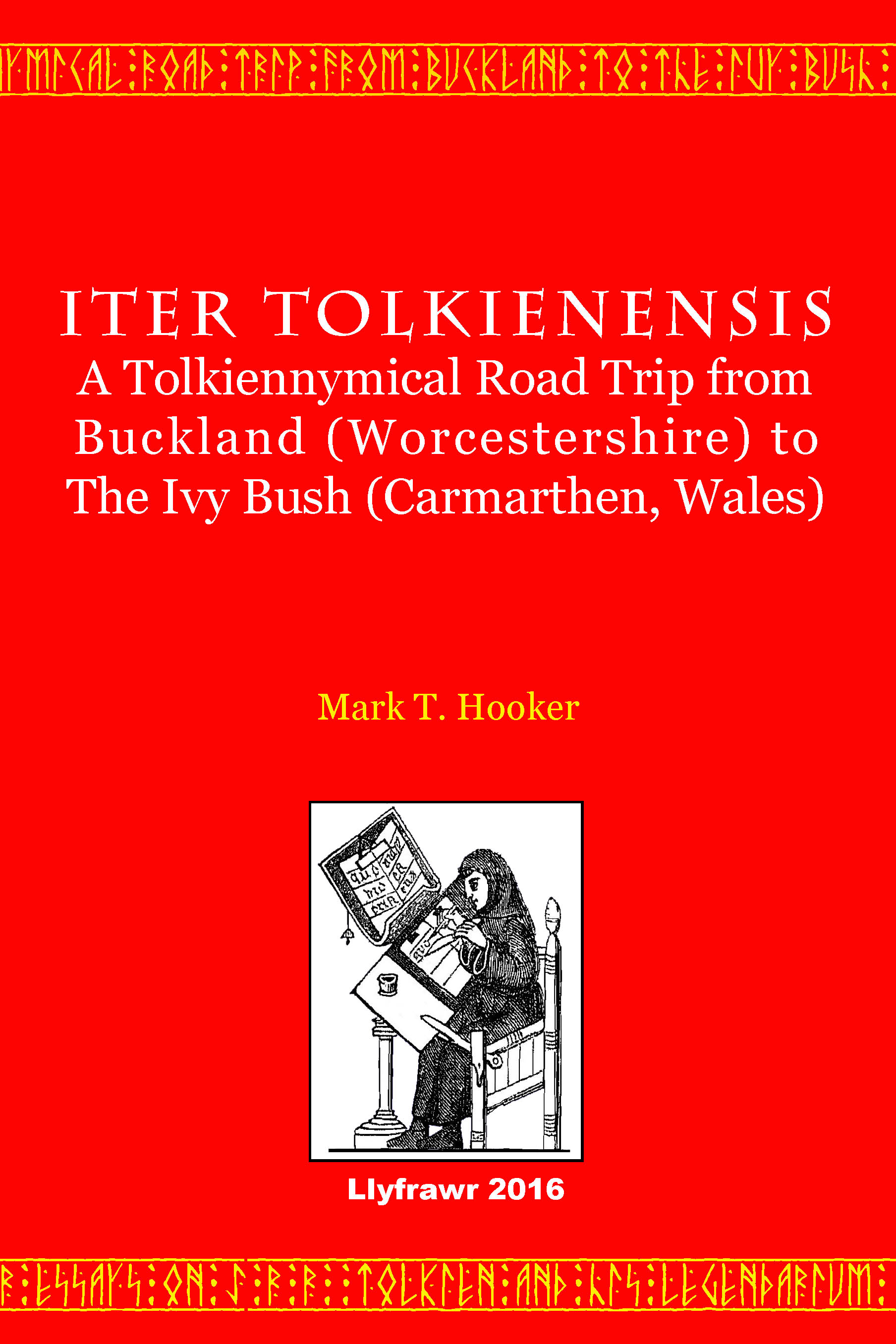 |
Iter Tolkienensis is the fourth volume in a collection of analytic articles on J.R.R. Tolkien's The Lord of the Rings and The Hobbit, by Tolkien scholar and Comparative Translationist Mark T. Hooker. Pagination: xxxvii + 336, maps, illustrations, bibliographic notes, Index, Trade Paper $14.95. Click on the cover image for more information. |
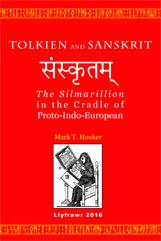 |
Tolkien and Sanskrit is the fifth volume in a collection of analytic articles on J.R.R. Tolkien's linguistic creations, focusing on The Silmarillion, by Tolkien scholar and Comparative Translationist Mark T. Hooker. Much has been said of Tolkien’s use of Welsh, Old English, Gothic, Icelandic, Russian, Greek, and Latin. Little, however, has been said about Tolkien’s use of Sanskrit (Refined Speech), the great-great-…grandfather of all the languages above. This book is an analysis of the names on the ‘Silmarillion’ map that concludes that Tolkien’s names were based on the map of the valley of the River Indus, the river that put the “Indo” in the name Proto-Indo-European, a linguistic term for the *reconstructed common ancestor of the European languages, including Quenya and Sindarin. Pagination: xlvi + 216, maps, illustrations by James Dunning, bibliographic notes, Index, Trade Paper $14.95. Click on the cover image for more information. |
|
The Tolkiennymicon
Pagination: xliv + 256, maps, illustrations by James Dunning, bibliographic notes, Index, Trade Paper $14.95. Click on the cover image for more information. |
|
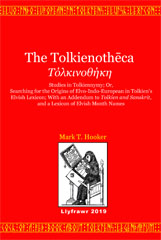 |
The Tolkienothēca
Pagination: xliv + 308, bibliographic notes, Index, Trade Paper $14.95. Click on the cover image for more information. |
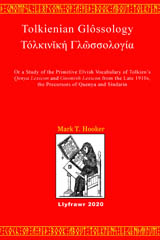 |
Tolkienian Glossology Pagination: xl + 266, bibliographic notes, Index, Trade Paper $14.95. |
 |
Translating The Hobbit This study compares 36 translations of The Hobbit to the original. Since translation analysis begins with understanding the source text, this project will be of interest not just to translators, but also to present-day native-speakers of (American) English, as well as to English learners. Tolkien noted that: “A translation may be a useful form of commentary. ... a translator must first try to discover as precisely as he can what the original means, and may be led by ever closer attention to understand it better for his own sake.” Segments discussed were identified by reading individual translations in parallel with the original until a place was found that sounded strange. The other translations were then checked to see if any of them used the same approach. This technique allowed me to: see common misconceptions, learn how effective renditions were similar, and identify unique, insightful solutions to difficult problems. Pagination: xviii + 270, bibliographic notes, Index, Trade Paper $14.95. [J.R.R. Tolkien above from Christopher Tolkien’s “Preface” to his father’s translations of Sir Gawain and the Green Knight, Pearl, Sir Orfeo, Random House Worlds, 1979, p. viii.] |

Llyfrawr